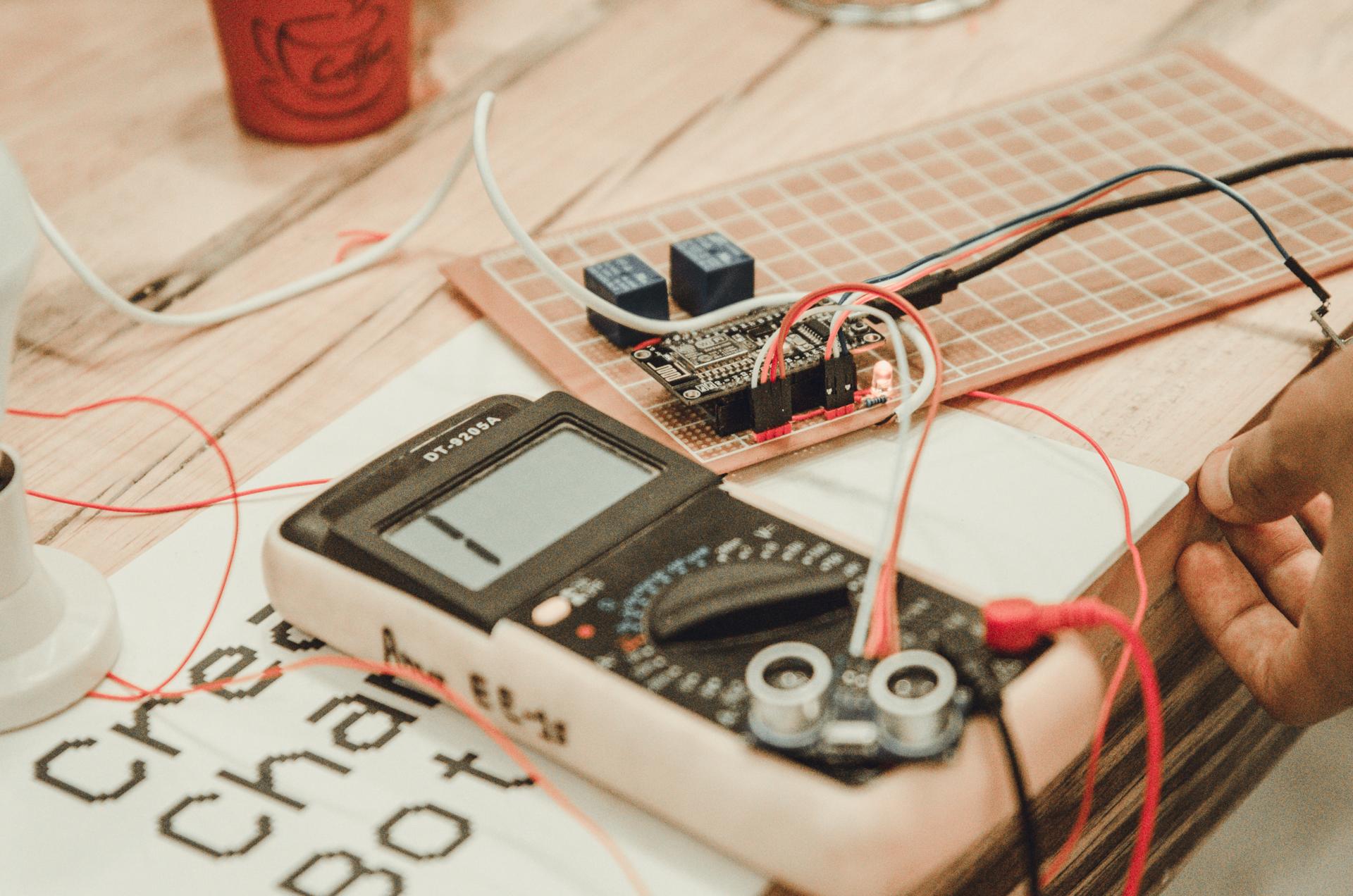Ensure Your House Protected: How to Conduct an Electric Safety Test

When it comes to home safety one of the most crucial areas to consider is electrical safety. Testing for electrical safety is the process of evaluating the electrical system in your home to ensure that it is safe and in compliance with the latest standards. In this article we’ll give you an overview of what electrical safety tests are, the tools you’ll require to conduct them, how to carry out the tests and what warning signs to be aware of.
What is an Electrical Safety Test?
An electrical safety test is the process of inspecting the electrical system inside your home to verify that it’s safe and functioning correctly. Electrical safety tests are important because they can help prevent electrical accidents and fires and also ensure the long-term durability of your electrical system.
Equipment Required for an Electrical Safety Test
For conducting an electrical safety check, you’ll need a few essential equipment. They include an electrical voltage tester as well as a continuity tester, a circuit tester, as well as outlets tester. The voltage tester is used to test for live circuits while the continuity tester is used to check for damaged circuits. The circuit tester is utilized to detect wiring problems and the outlet tester is utilized to identify wiring problems in the outlets. It’s important to use these tools correctly to get precise results.
How do you conduct an electrical Safety Test
To perform an electrical safety test at your home, follow these steps:
Turn off the power for the circuit that you’re testing.
Utilize the voltage tester to look whether there are live circuits.
Make use of this continuity tester to look for damaged circuits.
Make use of the circuit tester for checking for wiring faults.
Use the outlet tester to look for electrical problems in the outlets.
During the process of testing Be sure to check for any evidence of wear or damage on the wires for example, damaged or frayed wires, burn marks and loose wires. If you spot any problems that need attention, you must address them as soon as possible to avoid potential hazards.
The Signs of Electrical Issues to Look Out For
There are many indicators that may indicate electrical issues in your home. This includes flickering lights and frequent circuit breaker trips and crackling or buzzing sounds emanating from outlets. They also include the appearance of outlets that are discolored or hot, and a burning smell. If you spot any warning indicators, you must get to work immediately to avoid any electrical dangers.
Conclusion
Tests for electrical safety are vital for ensuring your safety and your family. Through regular testing and fixing any issues quickly to avoid any potential dangers to your electrical system and prolong the life of your electric system. If you need assistance with electrical testing or repairs do not hesitate to call Local Electrician Baulkham Hills. Our knowledgeable team will offer you expert advice and assistance. Contact us via 1300 864 148 to schedule an appointment or to request a quote.
FAQ Section
When should I perform an electrical safety check in my home?
We recommend conducting tests of electrical safety at least every year.
Do I have the ability to conduct the electrical test on my own , or do I need a professional?
While you can perform an electrical safety test on your own but it’s best to hire an expert to ensure the accuracy of results and avoid potential hazards.
Are there any frequently encountered electrical problems that can be found during an electrical safety test?
The most frequently-repeated electrical issues found during a safety test include malfunctioning wiring, overloaded circuits and obsolete electrical systems.
What do I do if discover a problem during the electrical safety test?
If you spot a problem during the electrical safety test it is important to take action immediately. This could include calling a professional electrician to resolve the issue or replacing damaged equipment.
